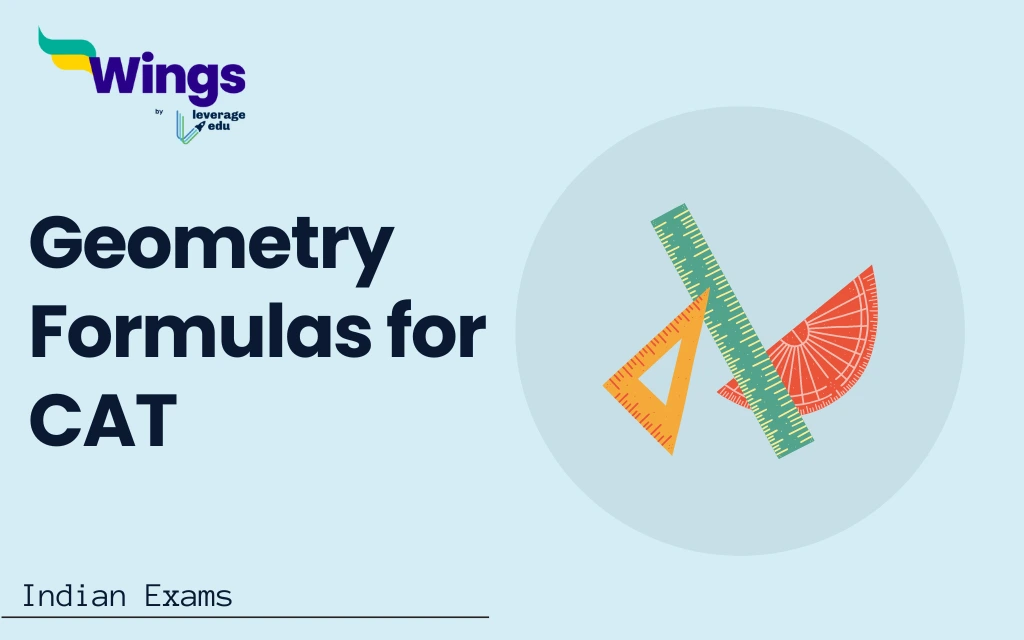Geometry is a necessary topic of quantitative aptitude in not only CAT but numerous other competitive exams. In this post, we are going to discuss various properties of triangles and geometry basics for CAT. It is necessary to be strong in geometry basics for CAT since this is the basis of a good score in geometry in the Quantitative aptitude section of CAT.
Contents
Triangle Theory in Geometry: Basics for CAT
The triangle is a very necessary and the simplest closed 2-dimensional figure. We come across triangles in every class throughout our school journey. Every year, there was something new to understand about triangles. The triangle is a major part of the geometry part of any class.
The Triangle
A triangle is a polygon consisting of 3 sides and 3 vertices. A triangle is drawn by joining 3 points that must be non-collinear, otherwise, it would become a straight line. There are 3 internal angles whose total is 180 degrees, and the sum of exterior angles is 360 degrees. There are various types of triangles. They are categorised based on the measurement of sides and angles. There is also a comparison between two triangles such as congruency, similarity, etc.
Read more: Everything You Need to Know About CAT Exam 2024
Classification of Triangles
The triangle is divided into two different types:
Equilateral Triangle
When you talk about the equilateral triangle, the length of all three sides is equal. Thus, all three angles are also equal i.e. 60º
Area of equilateral triangle = √3/4*(side)2 where ‘side’ is the length of the side.
Isosceles Triangle
In an isosceles triangle, the length of the two sides is equal and one is different. Furthermore, the angles corresponding to these sides are also equal.
AREA = ½ x base x height
List of Quant for CAT Syllabus
Here is a table given below for list of quant syllabus for CAT:
| Number Systems | Mean median mode (statistics) | Averages |
| Percentages | LCM and HCF | Complex Numbers |
| Quadratic Equations & Linear Equations | Simple and Compound Interest | Sequences and Series |
| Permutation and Combination | Coordinate Geometry | Probability |
| Geometry | Inequalities | Sequences and Series |
| Set Theory & Function | Logarithms | Inequalities |
| Surds and Indices | Ratio and Proportion | Speed, Time, and Distance |
Related Reads for CAT
FAQs
Geometry analyses shapes that are all closed by arcs or line segments. Two-dimensional figures, like squares and rectangles, have just two dimensions, length and width. Three-dimensional figures are too closed and are determined by length, width, and height.
Geometry is the branch of mathematics that deals with shapes, angles, dimensions and sizes of a variety of things we see in day-to-day life. Geometry is derived from Ancient Greek words – ‘Geo’ points ‘Earth’ and ‘metron’ means ‘measurement’.
CAT Probability or Chance Probability is a quantitative measure of the possibility of a particular event occurring. PE=n(E)/n(S), where n(E) = a number of favourable events; n(S) = sample space.
This was all about the geometry formulas for CAT. For more informative blogs, check out our Management Exams Section, or you can learn more about us by visiting our Indian exams page of Leverage Edu.
 One app for all your study abroad needs
One app for all your study abroad needs














